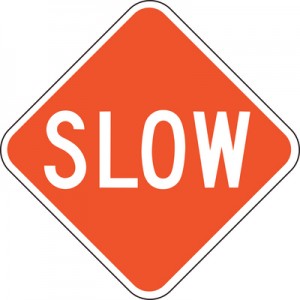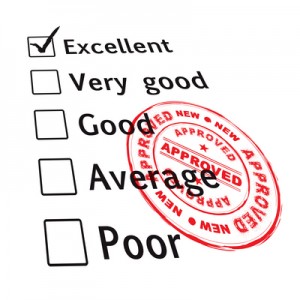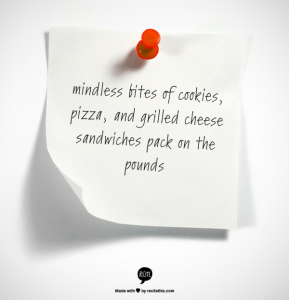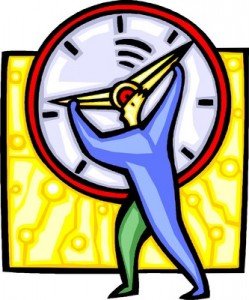 Do you skimp on putting food onto your plate thinking that it will keep your calorie count down?
Do you skimp on putting food onto your plate thinking that it will keep your calorie count down?
What happens? You eat the skimpy portion – decide you’re still hungry – and then go back for more.
If the serving dishes are right in front of you there’s potential for making caloric matters much worse.
Get Those Serving Dishes Off The Table
If you want to make it a little easier for yourself to save on calories, one thing you can do is to get those serving dishes off of the table. According to an article in the May 2011 Nutrition Action Healthletter, when serving dishes are left on the table men eat 29% more and women 10% more than when those serving dishes stay on the counter.
Why?
It’s harder to mindlessly shove food into your mouth if you have to get up to get it. Sticking out your fork and shoveling more onto your plate while your butt remains firmly planted in your chair makes it far too easy to refill your plate without much thought about the quantity of food that’s going into your mouth.
According to the article, men chow down on more servings than women because they tend to eat fast — impatiently gobbling food while they wait for everyone else in the family to finish. As a result, they end up eating seconds and thirds while other people are still on firsts. Women usually eat more slowly so they’re not as likely to get to the seconds and thirds.
Pay Attention To What Goes Onto Your Plate
To help avoid the temptation of going back for seconds:
- figure out a reasonable portion of food that is within reason but not so skimpy that you’re no where near satisfied when you’re finished
- fill your plate with that portion from stove or from serving dishes on the counter
- eat and enjoy knowing that you’ve selected a healthy meal that’s satisfying but neither too skimpy nor too large.
This article is part of the 30 day series of blog posts called: 30 Easy Tips for Looser Pants and Excellent Energy.



